
UP OVER HIGH MOUNTAINS OF GUATEMALA SOARS AN ARMY C-47 AIR TRANSPORT ENROUTE TO PANAMA. AVIATORS CALL THESE DANGEROUS MOUNTAINS "ROCK-LINED CLOUDS"
AIR TRANSPORT
A GREAT DREAM BECOMES A WARTIME REALITY
A GREAT DREAM BECOMES A WARTIME REALITY
When men dream of the future, they dream in terms of the air. They see the skies filled with giant planes. They see great cargoes carried by air from hemisphere to hemisphere. They see passengers flown overnight from London to Moscow, from New York to Chungking.
Today in wartime, however, air transport is no longer a dream. It has become a reality. The most important problem facing the U.S. is the problem of transportation. It cannot be solved solely by land and sea transport. Of necessity, the air is beginning to carry its share of the load.
Much nonsense has been written and thought about the controversy between air and sea transport. But the basic facts are simple. Sea transportation, both now and in the foreseeable future, is the cheapest and most efficient way of carrying men and cargo over the oceans. But air transport is the best method for saving time. In a well-planned military program such as the U.S. is fast developing, both sea and air will play important parts.
The cargo plane’s great advantage over the ship is that it can deliver goods where they are needed and when they are needed. An eight-knot ship convoy takes approximately five months to travel from the U.S. around Africa to Egypt. A plane takes 2 ½ days. Ships take two months to Australia and 37 days to England; planes take respectively 48 hours and 20 hours. Furthermore, on a 5,000-mile trip, although a plane’s load capacity is infinitesimal compared to a ship’s round trip, it can make roughly 20 round trips to a ship’s one, thereby increasing its load capacity 20 times. On a route to the Red Sea, a plane can probably make 50 trips a year to a ship’s 2 ½ trips. If a plane’s load capacity is five tons, and the ship’s capacity is 6,000 tons, it becomes evident that 60 planes can do the load work of one ship, and get the material to its destination considerably faster, and safer, than the ship.
But air transport also has drastic disadvantages. Building 60 cargo planes is more difficult and more wasteful of critical materials than building one Liberty ship. Sending cargo planes all over the world requires airfields, ground crews and fuel storage dumps everywhere along the routes. Such installations naturally create their own supply problems. Most important, planes consume much more fuel than ships. Carrying five tons of cargo from the U.S. to Chungking by air burns up 35 tons of gas.
These statistics are based on cargo planes available today, such as the converted B-24. They do not take into account any new cargo planes being planned by the Army. With more efficient engines, longer range, bigger load and better wing sections and propellers, the disadvantages may be minimized. But the basic facts will remain the same. Furthermore, it is an axiom that today’s wars must be fought with today’s equipment.
Entrusted with the fast development of the Army’s Air Transport is the Air Transport Command under Major General Harold I. George. Under him, an increasing proportion of the nation’s new planes are being produced as transports. Meanwhile, he must do the best he can, with planes available, with planes available to move American men and American war material to the fighting fronts.
Life February 15, 1943
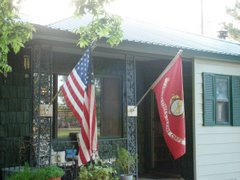

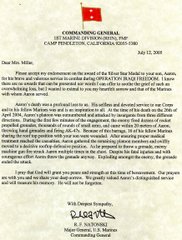
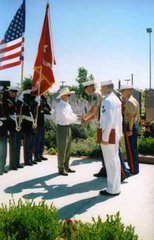


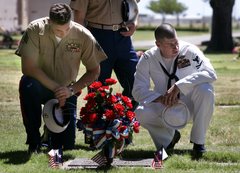

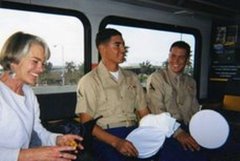

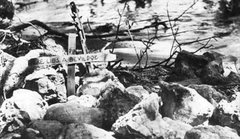





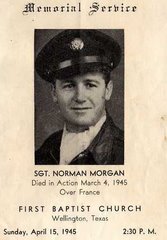



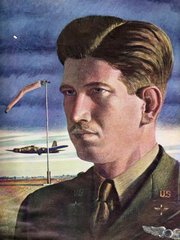




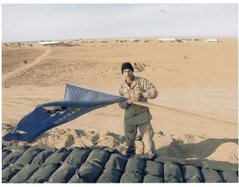


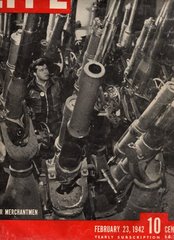



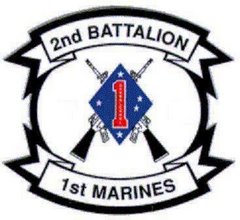






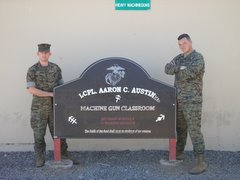



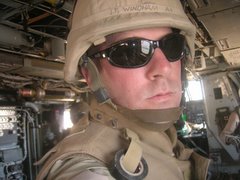
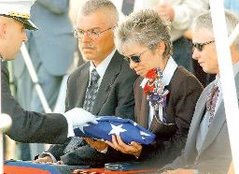


No comments:
Post a Comment